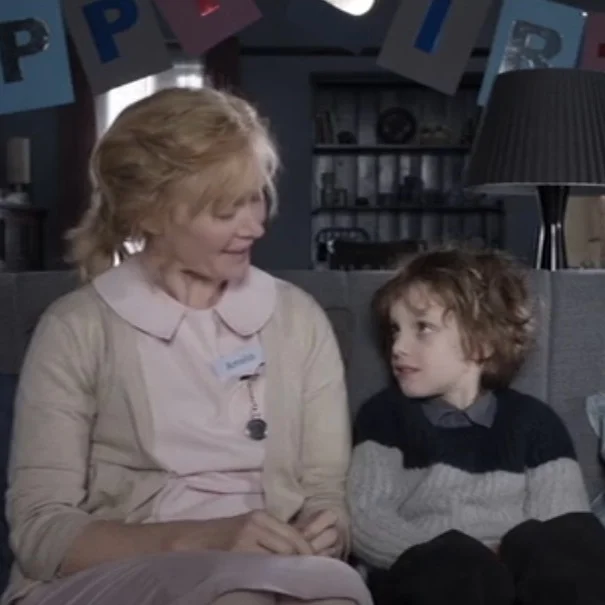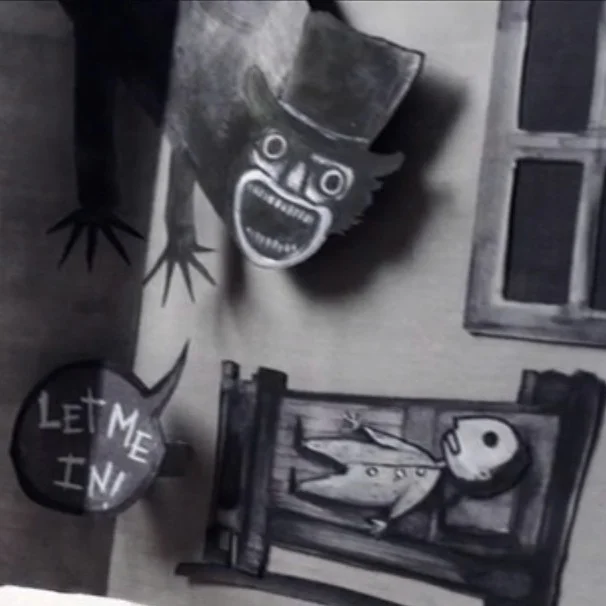Magic, Materiality, and Maternal Rage: Challenging a Feminist Interpretation of The Babadook
Society for Cinema and Media Studies (SCMS) Conference / Atlanta, March-April / 2016
A later version of this paper was published (with Jason Middleton) as “Mothering’s “Practical Effects” in The Babadook” in The Quarterly Review of Film and Video.
Like many supernatural horror films about domestic family life, much of the narrative suspense in The Babadook is derived from the viewer’s uncertainty about the relationship between child character and the source of the horror. The film oscillates between the tropes of an external evil encroaching on the sanctified family (embodied here by an ominous pop-up book of mysterious origins), and the threat of evil from within, depicted in 6-year-old Sam’s tantrums and monster obsession, which at times, seem too extreme to be just kids’ stuff. In The Babadook, however, these familiar tropes serve primarily as the backdrop for an unconventional depiction of motherhood as deeply conflicted and potentially violent, which, critics praised, “gives rare and brave voice to the fury that many, if not all mothers sometimes feel for their kids because of what they have sacrificed for them.”[1] The film conjures this complex representation of maternal affect through excessive stylistic means, efforts coordinated across its cinematography, production and sound design, and performances. Reviewers similarly celebrated the film’s reliance on practical rather than CGI effects, yet rendering the mother-son relationship in this heightened cinematic style complicates a straightforward reading of the film as feminist.
This paper explores the mother-son relationship in The Babadook, arguing that the film’s ambiguous resolution and style potentially unravel its feminist interpretation by both valorizing and suppressing maternal rage. Nuancing conventional claims about the child as a symbol of innocence or futurity, I examine how Sam’s character in the film’s stylized diegesis emerges as both vulnerable and agentic. His use of magic tricks and deadly homemade weapons in defense not of the Babadook, but from his mother, asks the viewer to weigh maternal catharsis against child welfare. Thus, the film’s admittedly ambiguous resolution might be read as much as a conservative triumph of good mothering than as a courageous acknowledgement of the dark side of maternal experience. Analysis of The Babadook’s style in dialogue with other recent films, such as Linklater’s Boyhood (2014), in which maternal longsuffering is rendered virtually invisible, and Goodnight Mommy (Dir. Veronika Franz, 2015), in which the mother is mysterious, the children monstrous, enables a reading of its complex ethical commitments, which depict maternal rage as both deeply psychological and dangerously corporeal.
[1] Ella Taylor, In "The Babadook," A Mother's Sacrifices and a Monster's Roar."
http://www.npr.org/2014/11/27/366646145/in-the-babadook-a-mothers-sacrifices-and-a-monsters-roar

